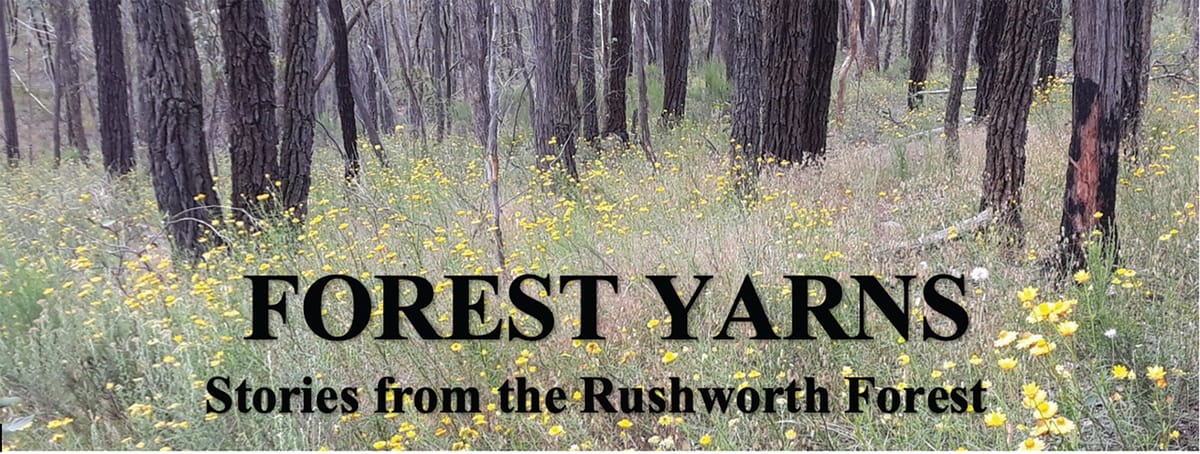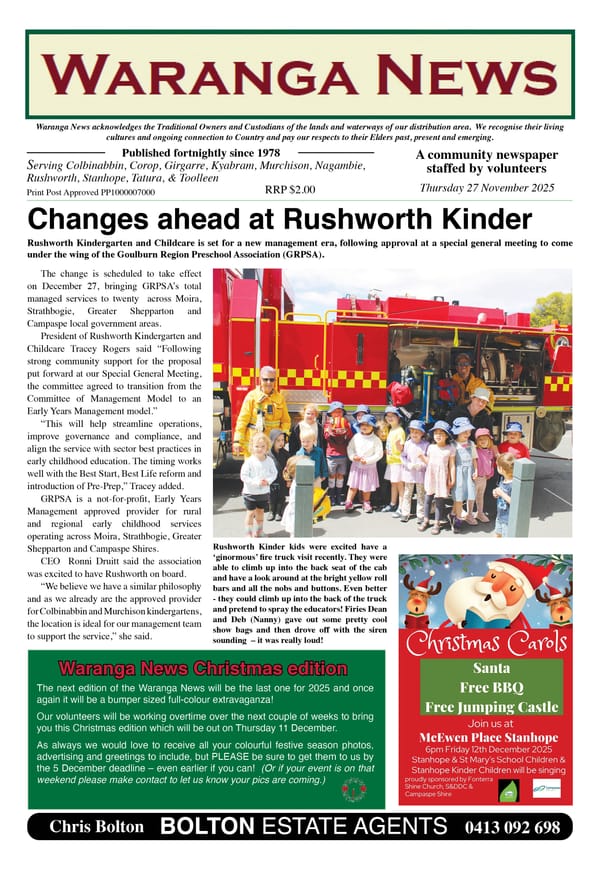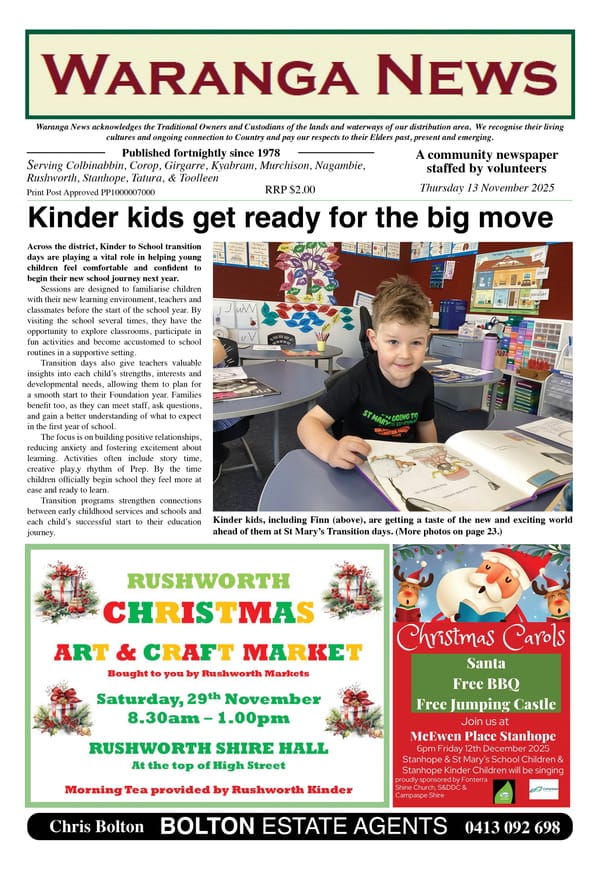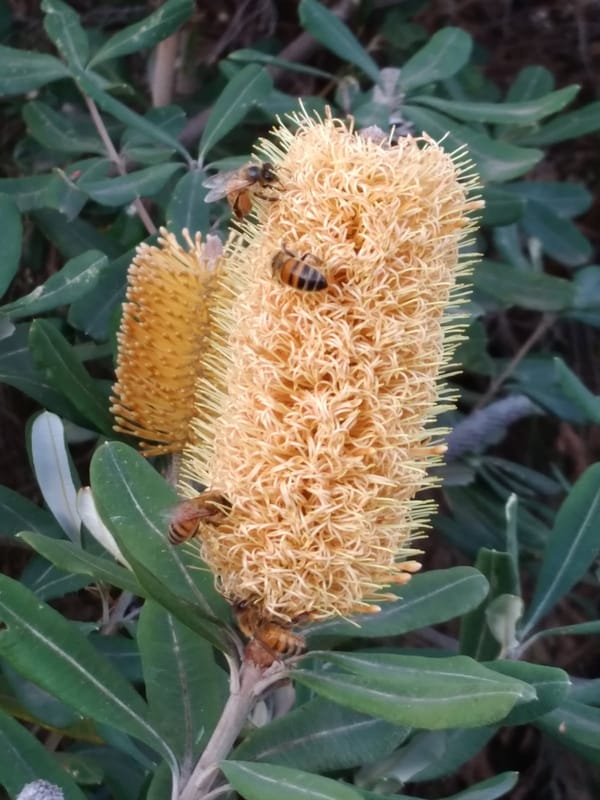Settlers at the buffalo

Six Hammond brothers were involved in the family sawmilling business established along the Murchison to Rushworth railway line. Father of the Hammond boys, Edward Ebenezer Hammond, and his wife Emma and surviving son Fred, emigrated from England in the 1850s. The family first lived in Brunswick, an inner Melbourne suburb, then took up land in the Lancefield area, before a further move to select land between Doctor’s and Buffalo Swamps in 1879. As selectors, they were used to dealing with timber because one of the first jobs of most selectors was clearing the land. Trees would be ring-barked, then later cut down.
When the Murchison to Rushworth railway line was established in 1890, two stations were built between the two larger towns. These were the Waranga Railway Station and the Whroo Road Siding, known as Hammond siding from 1906. Mills were established at these places by the Hammonds, as well as a small village at the former. These stations were officially closed in 1955, but Hammond’s sawmill siding at the Waranga station had been decommissioned much earlier, in 1927.1
Hammond Bros Mill at Waranga
One of the larger wood mills that opened up after the establishment of the Murchison to Rushworth railway line was run by the Hammond brothers – Ebenezer, Thomas, Alex, Alf, Arthur and Fred – at the Waranga station. They appear in the Waranga rates books in 1900 as the ratepayers for a sawmill at Waranga railway station. They later also had a mill at the Whroo Road siding close to Doctor’s Swamp.
The Hammond mills employed a large number of wood cutters (reports vary, but probably up to 20), with the timber being carted to the mills by horse and bullock teams. Author Bill Bossence stated that “Each member of the firm had a particular task – Arthur was the engine driver and mill supervisor, Thomas was the benchman, Ebenezer wood lumper, Alex teamster and bullocky, Alfred cook and general handyman, while the two sisters ran the house.”2 Fred, the eldest son in the business, was called “Boss” Hammond, and was respected by all in his role as business manager.
By the early 1920s, the brothers were listed in the rates books as “farmers” rather than “sawmillers”, having acquired further substantial landholdings by that time. It would be fair to assume that the profits from sawmilling enabled the family to extend their landholdings. “Boss” is reputed to have said that when the family acquired irrigable land north of Murchison (part of the carve-up of the Dhurringile estate), sale of the grey box timber from the property recovered the entire purchase price.
Village of Waranga
A small village grew up around the Waranga railway station, which comprised “at least a score of buildings, surrounded by the railway station including a school (ed. opened in 1891) and a church, and for the benefit of the men working for them, the Hammonds established a general store…”2 The church was Methodist, and was leased to the Education Department for use as a school on weekdays. There was another building erected by the Hammonds which provided similar services to a Mechanics Institute - a billiard table, library and board games, mainly for the benefit of their employees.
A combined World War 1 honour roll lists the names of 39 men who enlisted for the war who had attended the Waranga Railway Station School (No 3095) and Waranga East (No 2714, which had closed in 1908), giving an indication of the number of people living in the area in the early 20th century. The honour roll was unveiled early in the war, so other names were added later as more men signed up. It is now located at Murchison PS.
Alfred George Hammond is one of the names on the honour roll. Known as “Boy” he had completed a science degree at Melbourne University before enlisting and serving in the artillery. Sadly, “Boy” was killed by shrapnel on the Western Front in France in 1917.
“Boy” was the son of Edward George and Jane (nee Bennie). Edward was the one son in the Hammond family who was not closely connected with the sawmilling business. He had property near the Waranga railway station and was chairman of the school committee in 1916 when a new school was built and opened.
Forest Nature note
One of the shrubs that has fared poorly because of the dry first half of the year is the bushy hakea/needlewood (Hakea decurrens). It is a very spiky shrub that normally has spectacular creamy flowers in winter. This year though, it has really struggled to flower.
References: 1 VICSIG website – Infrastructure; 2 Bossence, Bill, Murchison – The J G Kenny Memorial History (1965) p 67; Other – PROV – Waranga rate books; Ancestry, Vic BDM and NAA websites




